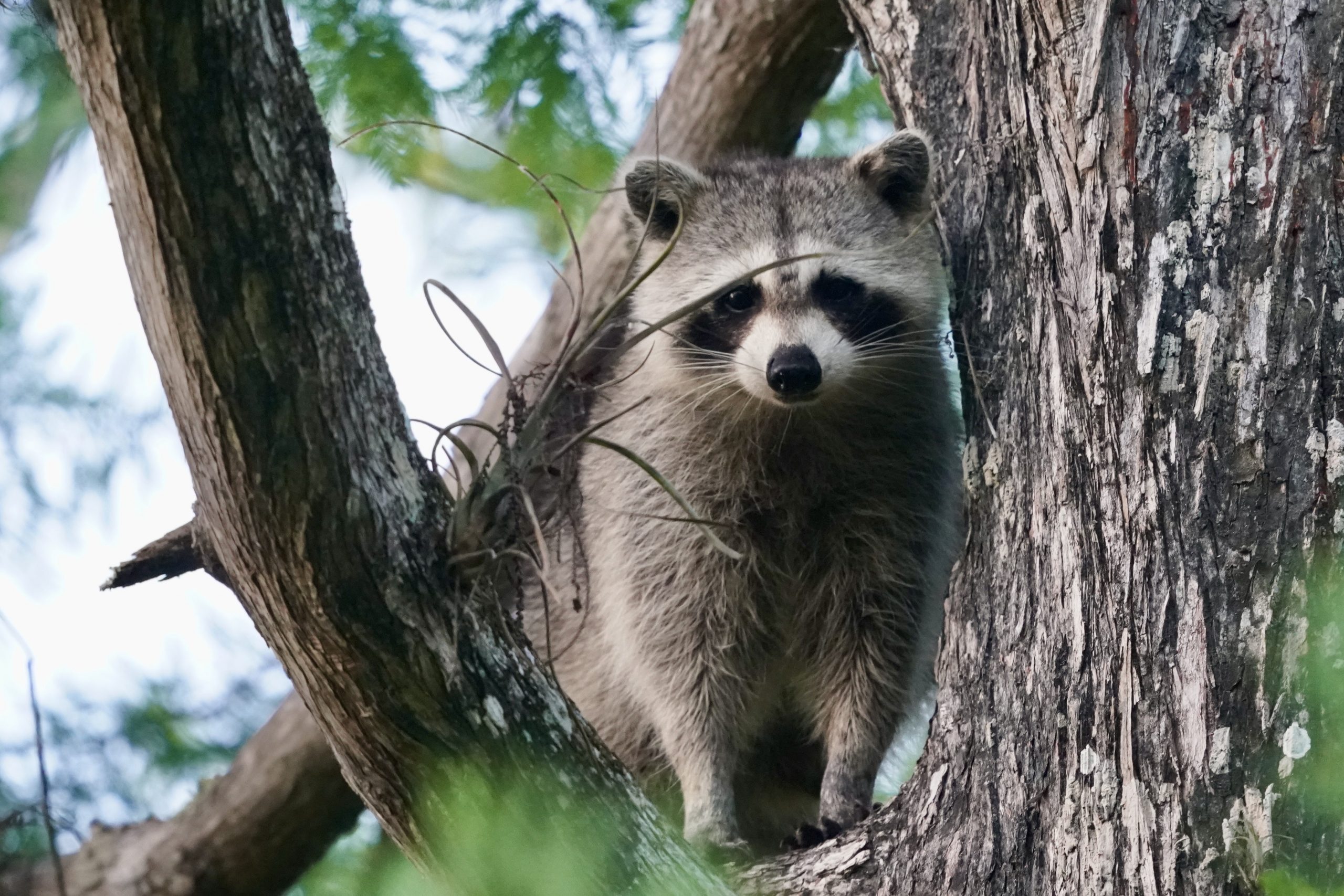
Within the CREW lands live a diverse population of wildlife. Some are easy to spot, like the white peacock butterfly or white ibis, some are easy to hear like the red-shouldered hawk, whereas some are much more elusive and you might spend years before even catching a trace. In this series we’ll explore some of the lesser known and ever elusive species that call the CREW lands their home. To start, we’ll focus on the fascinating life of the eastern spotted skunk (Spilogale putorius ambarralis) and all its various distinctions!
In Florida, the eastern spotted skunk is considered a Species of Greatest Conservation Need (SGCN). This is an important distinction that’s given to particular species in an effort to conserve the states wildlife for future generations. Florida Fish and Wildlife Conservation Commission (FWC) wants to involve you in their new project aimed at learning more about Florida’s skunk populations. To report a skunk sighting, visit myFWC.com/skunksurvey and make a difference in this effort!
Now, a little more background on these elusive forest dwellers. Eastern spotted skunks are generally smaller than their striped cousins also found within this region, with an average body size (excluding their tail) of 11-12.5 inches and a total length of about 21-24 inches. Spotted skunks are also striped, with one large spot between the eyes and four stripes down its back, but stripes are wavy and broken and appear like spots. While research is ongoing, their habitat is thought to occur within the understory protection of dense scrub habitat, like many areas protected within the CREW lands. The scrub cover, like that found within the saw palmetto understory, is thought to protect them from predators like great horned owls or bobcats, among other threats.
Beyond the defense of their preferred habitat, skunks are well known for their last-ditch efforts of protection. However, if they come across a perceived threat, they first try to run away and can even climb a tree. When unable to retreat they often try to make themselves appear bigger, sometimes performing handstands. As a last resort, they rely on the pungent odor of their spray, accurate up to 15 feet, serving as a distraction so they can escape.
When you’re out walking the CREW trails, keep an eye to the ground for areas that are hospitable for burrowing, like saw palmetto. Skunks will sometimes make their own burrows, but they will also den in vacant mammal or gopher tortoise burrows, brush piles, wood piles, areas with high grass or other similar places of shelter. Current research shows that skunks are mostly nocturnal, foraging around their dens at night, but emerging research indicates that eastern spotted skunks in Florida are active during the day.
All skunks are solitary by nature with adult eastern spotted skunks usually only congregating to mate in early summer and another time in the fall. Generally, they give birth to five or six young, called kits. Newborn skunks are blind but are easily recognizable to all by their fine hair displaying the black and white pattern of adulthood. Young kits will stay with their mother for several months, leaving their den sites, between six and eight weeks of age with their mother’s protection to forage.
Eastern spotted skunks are omnivores whose diet depends on the season, adapting to what is available at different times of the year. Scat analysis has found that larger insects including beetles and grasshoppers are important in their diet, along with small mammals and crustaceans, depending on the season.
We urge all that frequent the CREW trails to keep an eye, and nose, out for these fascinating forest dwellers and report all sightings to the FWC for their future protection and for the preservation of the habitats on which they depend.























































